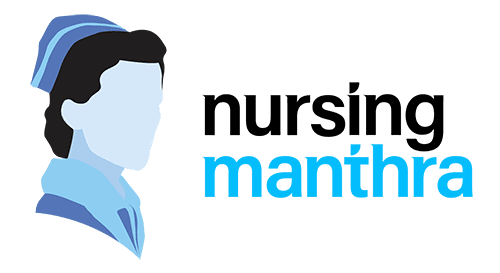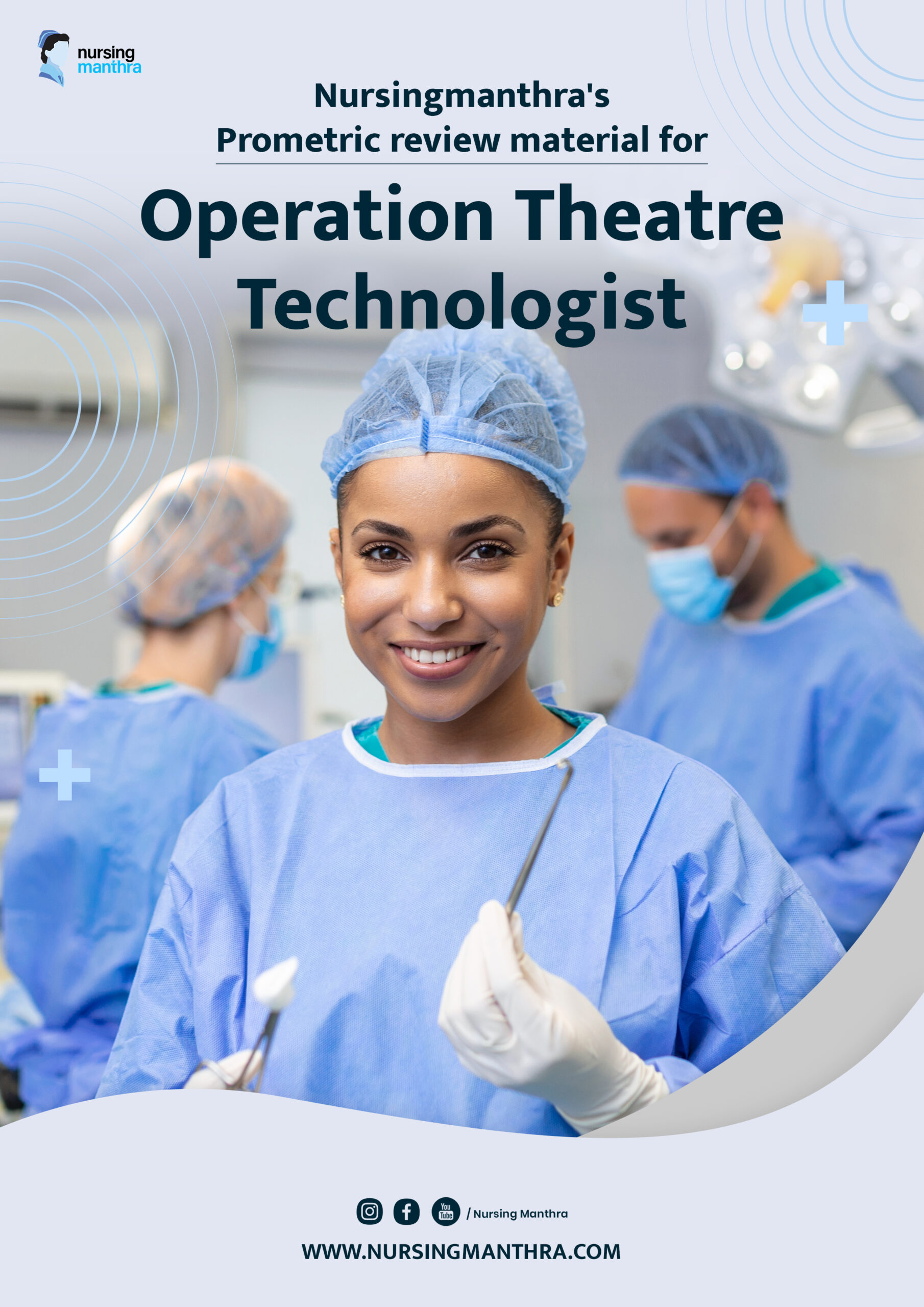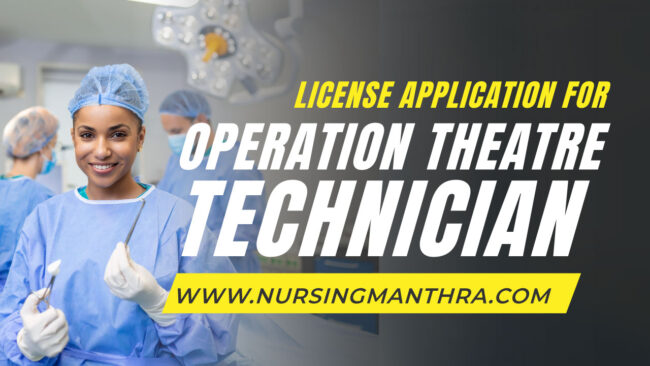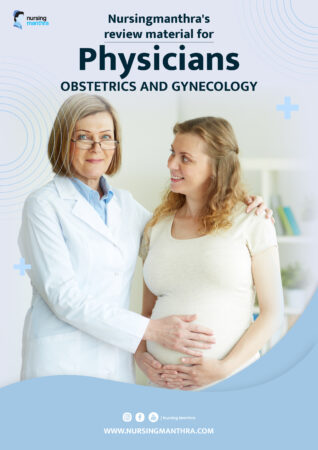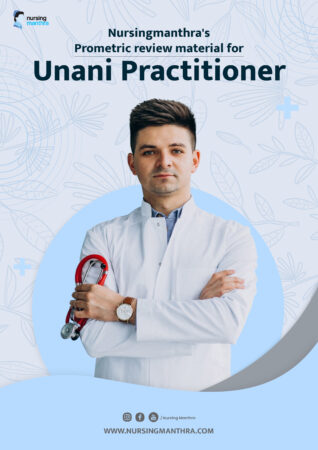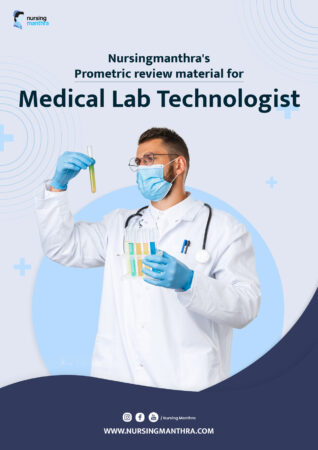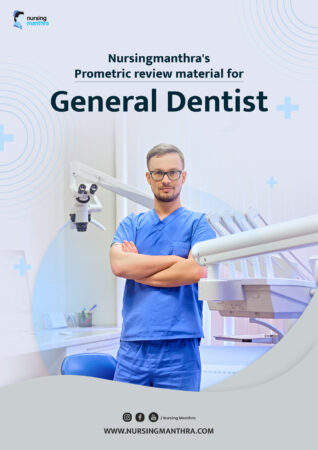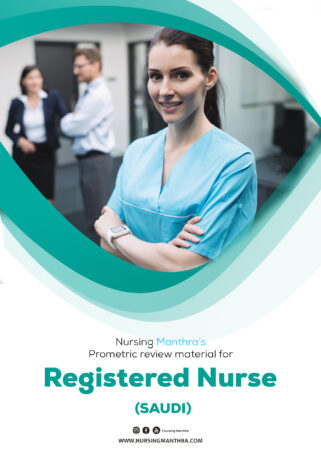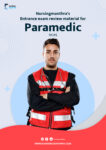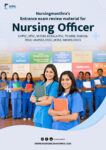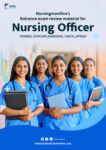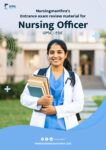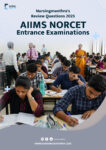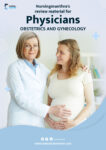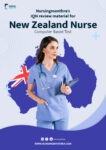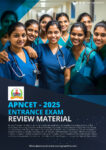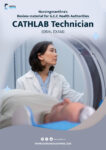- What is the primary role of an Operation Theatre Technologist during surgery?
A. Administering anesthesia
B. Preparing and maintaining the sterile field
C. Performing the surgical procedure
D. Diagnosing the patient’s condition
Answer: B
Rationale: The Operation Theatre Technologist ensures a sterile environment by preparing and maintaining the sterile field, assisting the surgical team with instruments and supplies.
- A: Administering anesthesia is the anesthesiologist’s role.
- C: Performing surgery is the surgeon’s responsibility.
- D: Diagnosing conditions is done by physicians, not technologists.
- Which sterilization method is most commonly used for surgical instruments?
A. Boiling
B. Autoclaving
C. Dry heat
D. Ultraviolet radiation
Answer: B
Rationale: Autoclaving uses steam under pressure (121°C, 15 psi, 15–30 minutes) to sterilize surgical instruments effectively, eliminating all microorganisms.- A: Boiling is inadequate for complete sterilization.
- C: Dry heat is used for specific items (e.g., powders) but is less common.
- D: Ultraviolet radiation is not suitable for complex instruments.
- What is the purpose of the surgical count in the operation theatre?
A. To track the number of staff present
B. To prevent retained surgical items
C. To monitor anesthesia dosage
D. To record the duration of surgery
Answer: B
Rationale: The surgical count ensures all instruments, sponges, and sharps are accounted for before and after surgery to prevent retained items, which can cause complications.- A: Staff tracking is not the purpose of the count.
- C: Anesthesia monitoring is separate.
- D: Surgery duration is recorded but unrelated to the count.
- Which gas is most commonly used as an inhalation anesthetic?
A. Oxygen
B. Nitrous oxide
C. Carbon dioxide
D. Helium
Answer: B
Rationale: Nitrous oxide is widely used as an inhalation anesthetic due to its rapid onset and minimal side effects.- A: Oxygen supports respiration, not anesthesia.
- C: Carbon dioxide is a waste gas, not an anesthetic.
- D: Helium is used in respiratory therapy, not anesthesia.
- What is the correct sequence of the surgical hand scrub?
A. Rinse, scrub, dry
B. Scrub, rinse, dry
C. Dry, scrub, rinse
D. Rinse, dry, scrub
Answer: B
Rationale: The surgical hand scrub involves scrubbing with antiseptic (e.g., chlorhexidine), rinsing off debris, and drying with a sterile towel to maintain sterility.- A: Rinsing before scrubbing is incorrect.
- C: Drying before scrubbing is impractical.
- D: Drying before scrubbing compromises sterility.
- Which type of suture material is absorbable?
A. Nylon
B. Polypropylene
C. Polyglactin (Vicryl)
D. Silk
Answer: C
Rationale: Polyglactin (Vicryl) is an absorbable synthetic suture degraded by hydrolysis, used for internal tissues.- A, B, D: Nylon, polypropylene, and silk are non-absorbable, used for skin or permanent closure.
- What is the purpose of the WHO Surgical Safety Checklist?
A. To document surgical outcomes
B. To enhance team communication and patient safety
C. To train new surgical staff
D. To monitor infection rates
Answer: B
Rationale: The WHO Surgical Safety Checklist improves team communication, verifies patient details, and ensures safety steps (e.g., correct site, equipment) to reduce errors.- A: Outcome documentation is separate.
- C: Training is not its purpose.
- D: Infection monitoring is indirect.
- Which position is most commonly used for abdominal surgeries?
A. Prone
B. Supine
C. Lateral
D. Lithotomy
Answer: B
Rationale: The supine position (lying on the back) provides optimal access to the abdominal cavity for most general surgeries.- A: Prone is used for spinal surgeries.
- C: Lateral is for thoracic or hip procedures.
- D: Lithotomy is for gynecological surgeries.
- What is the ideal temperature range for an operation theatre?
A. 15–18°C
B. 20–24°C
C. 25–28°C
D. 30–32°C
Answer: B
Rationale: An operation theatre is maintained at 20–24°C to reduce microbial growth, ensure patient comfort, and support staff efficiency.- A: Too cold, risking hypothermia.
- C, D: Too warm, promoting bacterial growth.
- Which instrument is used to retract tissues during surgery?
A. Scalpel
B. Forceps
C. Retractor
D. Scissors
Answer: C
Rationale: Retractors hold tissues away from the surgical site to improve visibility and access.- A: Scalpels cut tissues.
- B: Forceps grasp tissues.
- D: Scissors cut tissues or sutures.
- What is the main function of a pulse oximeter in the operation theatre?
A. Measure blood pressure
B. Monitor oxygen saturation
C. Record heart rate
D. Assess respiratory rate
Answer: B
Rationale: A pulse oximeter measures peripheral oxygen saturation (SpO2) non-invasively, critical for monitoring oxygenation during surgery.- A: Blood pressure is measured by a sphygmomanometer.
- C: Heart rate is a secondary function.
- D: Respiratory rate requires separate monitoring.
- Which solution is commonly used for skin preparation before surgery?
A. Normal saline
B. Chlorhexidine
C. Hydrogen peroxide
D. Distilled water
Answer: B
Rationale: Chlorhexidine is an effective antiseptic for preoperative skin preparation, reducing microbial load.- A: Normal saline is for irrigation, not antisepsis.
- C: Hydrogen peroxide is less effective.
- D: Distilled water has no antiseptic properties.
- What is the purpose of grounding pads in electrosurgery?
A. To enhance cutting efficiency
B. To prevent electrical burns
C. To monitor patient temperature
D. To stabilize the patient
Answer: B
Rationale: Grounding pads disperse electrical current safely during electrosurgery, preventing burns at unintended sites.- A: Cutting efficiency depends on the device, not the pad.
- C: Temperature is monitored separately.
- D: Stabilization is unrelated to grounding.
- Which type of anesthesia affects only a specific region of the body?
A. General anesthesia
B. Regional anesthesia
C. Intravenous anesthesia
D. Inhalation anesthesia
Answer: B
Rationale: Regional anesthesia (e.g., spinal, epidural) numbs a specific body region, preserving consciousness.- A, C, D: General, intravenous, and inhalation anesthesia affect the whole body.
- What is the primary source of surgical site infections (SSIs)?
A. Contaminated instruments
B. Patient’s skin flora
C. Airborne particles
D. Surgical team’s hands
Answer: B
Rationale: The patient’s skin flora (e.g., Staphylococcus aureus) is the most common source of SSIs, necessitating thorough skin preparation.- A, C, D: These are secondary sources, minimized by sterilization, filtration, and hand hygiene.
If you would like access to more questions for the Operation Theatre Technologist Prometric Exam, you can purchase the complete study material using the link provided below. For any assistance or to request the material, please contact Nursing Manthra via WhatsApp.” +971502515717
